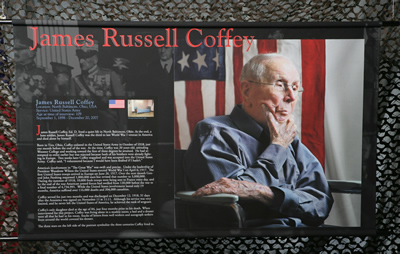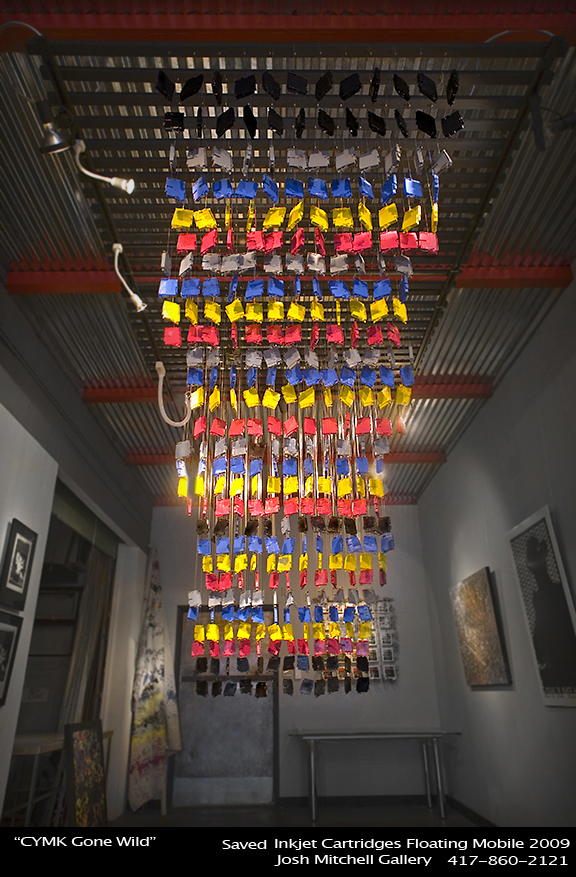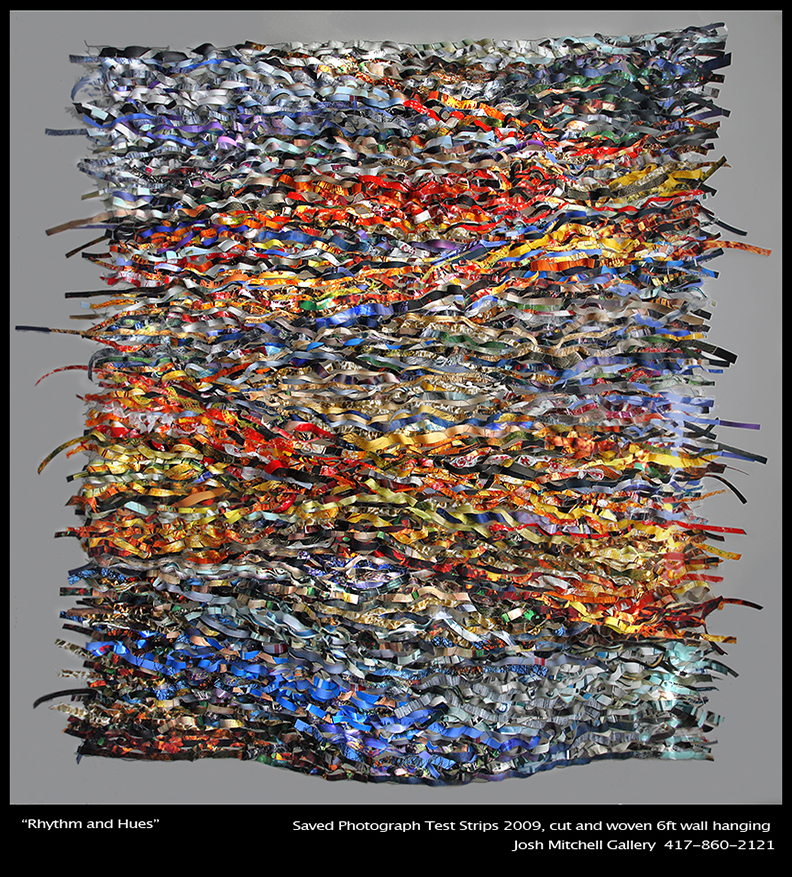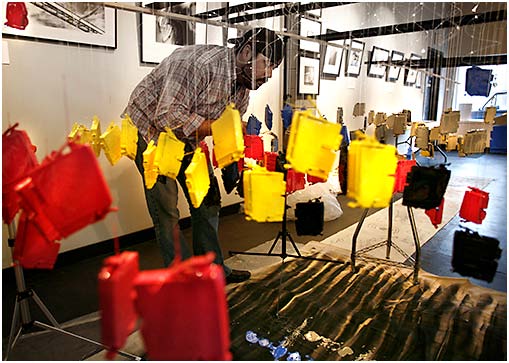By Kelly Price

A growing number of LexJet customers who initially bought wide-format inkjet printers to output their own photography are now offering printmaking services to other photographers and artists.
For example, Stephen Gross, an experienced commercial photographer with an interest in fine-art photography, now operates Brooklyn Editions. He works one-on-one with artists to produce reproductions of their paintings and other artworks.
To support the Brooklyn-based New York Photo Festival (NYPH09), Gross recently produced 90 color and black-and-white large-format prints for 12 of the photographers that curator William A. Ewing had selected for his All over the place! exhibition. The 2009 festival was held May 13-17 in several venues in Brooklyn.
The New York Photo Festival was started in 2008 to address the need for the world’s photography capital to host its own world-class photography festival. The event looks at the future of contemporary photography through the eyes of several world-class curators and selected artists. The festival also features workshops and portfolio reviews for all levels of aspiring and professional photographers.
William A. Ewing, director of the Musée de l’Elysée in Lausanne, Switzerland, was one of four exhibition curators at NYPH09. The other curators were: Chris Boot, an editor and photo-book publisher; Jody Quon, photography director at New York magazine; and Jon Levy, director of Foto8, a London-based photography publishing company.
In the All over the place! exhibition, Ewing celebrated photography’s rich diversity and inability to be pigeonholed into neat, convenient categories. Ewing also sought to remind people that fabulous work can come from anywhere in the world and that new discoveries aren’t always from living photographers. The All over the place! exhibition presented works of three historical figures (Ernst Haas, Jacob Holdt, and Edward Steichen) along with those of 13 contemporary photographers (Anoush Abrar of Iran and Switzerland, Manolis Baboussis of Greece, Matthieu Gafsou of France and Switzerland, Oliver Godow of Germany, Tina Itkonen of Finland, Anna Lehmann-Brauns of Germany, Juraj Lipscher of Switzerland, Kevin Newark of the UK, Virgnie Otth of Switzerland, Phillip Schaerer of Switzerland, Joni Sternbach of the US, Robert Walker of Canada, and Patrick Weidmann of Switzerland).
Gross output prints for 12 of the contemporary photographers featured in the exhibition. He used a variety of materials from LexJet on his 44-in. Epson Stylus Pro 9800 and 60-in. Canon iPF9000 printer. Prints ranged in size from 16 x 20 in. up to 60 x 88 in.
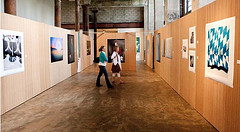
Which printer and material Gross used depended partly on the size and nature of the image and the type of material on which the artist had submitted the proof to be matched. For example, for some prints Ewing and Gross chose to use Hahnemϋhle Photo Rag. For other prints he used Sunset Photo eSatin or Sunset Fibre Elite. For European artists that supplied Cibachrome prints as proofs, Gross used LexJet’s 8 mil PolyGloss film on the Canon iPF9000 to replicate the ultra-shiny surface.
When faced with the challenge of reproducing a series of black-and-white proofs on a paper with a slightly warm tone, Gross used Sunset Fibre Elite and his Epson Stylus Pro 9800 with the Colorbyte ImagePrint RIP. “The ImagePrint RIP gave me much better linear control over the tone,” says Gross.
The most time-consuming part of the project wasn’t outputting the prints themselves. Rather, it was working with the different types of proofs and files submitted by 12 different photographers from around the world. While some of the artists supplied properly tagged files and corresponding proofs, others seem to have received different instructions about how to submit the proofs and files.
The project involved several days of intense proofing before Gross output the prints that would be mounted and hung on the walls of the exhibition spaces. “The whole point of the show was to represent the artist,” says Gross. “So I really wanted each photographer to be happy.” After the conclusion of the show, the prints were given to the artists.
Gross says the project was personally gratifying: “I really enjoy working with artists and photographers.” He says helping them solve problems related to exhibiting their work gives him the same sense of satisfaction he enjoyed when he taught digital photography at the college level.
In addition to meeting some of the artists, Gross took advantage of having his own photography critiqued during a portfolio review at the festival.
Gross, who has always enjoyed printing, bought his first wide-format inkjet printer from LexJet six years ago while shooting a national campaign for Elizabeth Arden Salons. He handled every facet of the project from creating the concept and casting the model to shooting, editing, and retouching the image. So when it was time to print posters for 27 salons around the country, Gross wanted to better control the quality of the printing as well.
Soon, Gross began printing editions for his brother Alex Gross, who is a well-collected painter. It wasn’t long before other artists and their friends started coming to his studio asking for help. Having been frustrated himself by the inconsistent quality he had received from digital service bureaus, Gross understood the level of individualized attention and quality that these artists and photographers were seeking. So, now Gross operates Brooklyn Editions along with his core business, Stephen Scott Gross Photography.
Unless a really big photography or printing project comes his way, Gross typically spends about one-third of his time printing for others and two-thirds of his time shooting commercial and fine-art photography. He considers it a pleasant balance that gives him the benefit of working collaboratively with other creative professionals.
If you are a New York-area artist or photographer who would like large-format reproductions, check out Brooklyn Editions.
If you live outside the NY metro area and would like to find a printmaking studio closer to home, contact a LexJet account specialist at 888-873-7553. We would be happy to refer you to other studios that are equipped with 44- or 60-in wide printers, use LexJet’s exceptional photo- and art-printing materials, and have a successful track record of providing printmaking services to other artists and photographers.

